The monastery has tens of thousands of botanical species, some humble, some stunningly proud, some edible, some poisonous, some not so pretty. But they all add to the special spaces here, hundreds of little microcosms, each with a different amount of light and water and wind and minerals and predators. Those who work in the gardens, growing and nurturing, soon learn to listen to the plants, watch their reactions and respond in order to help them survive and flourish. Of course, our teachings tell us that the entire universe is aware. A molecule has awareness, a protein shows intent. Siva is aware and Siva is the life/existence in all things, so it is no surprise to us that plants would exhibit awareness. Theirs is different from ours for sure, but it is awareness nonetheless.
Science is just now catching up to that little fact. Witness the latest New York Times bestseller on plants:The Light Eaters by Zoë Schlanger. It’s a deep dive into the secret life of plants. According to her research, far from passive greenery, plants see, smell, remember, decide and communicate. Schlanger presents five fascinating reasons to think of plants as having awareness: they sense light direction, emit chemical warnings, store memories, respond to touch, and even adjust their behavior. This, she insists, is hard science and she tells it well. She is not as talented as Michael Pollan in his books about food, but she does reveal that science about plants is evolving quickly.
One of the most compelling anecdotes Zoë Schlanger shares in The Light Eaters involves the mimosa plant (Mimosa pudica)—a sensitive species known for folding its leaves when touched. Hawaiians call it hilahila which means shy or bashful. Scientists dropped mimosa plants repeatedly from a short height—not enough to harm, but enough to provoke the leaf-folding reflex. At first, the plants reacted as expected. But after just a few drops, they stopped closing their leaves—having “learned” that the drop wasn’t dangerous. Even more astonishing, weeks later, the same plants still remembered not to react. No brain, no nerves—yet they showed signs of learning and memory. Consciousness? Maybe. Awareness? Undeniable.
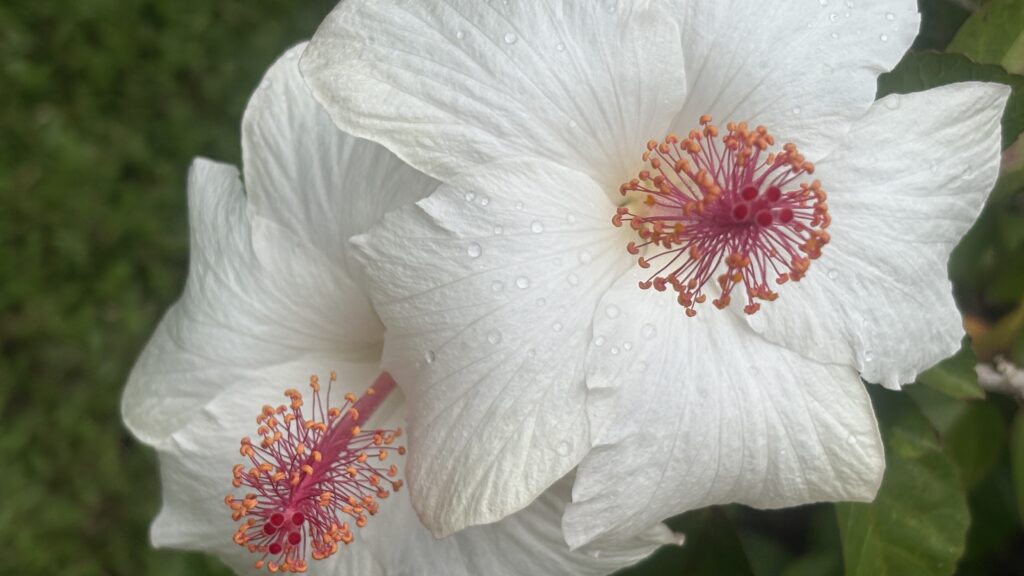

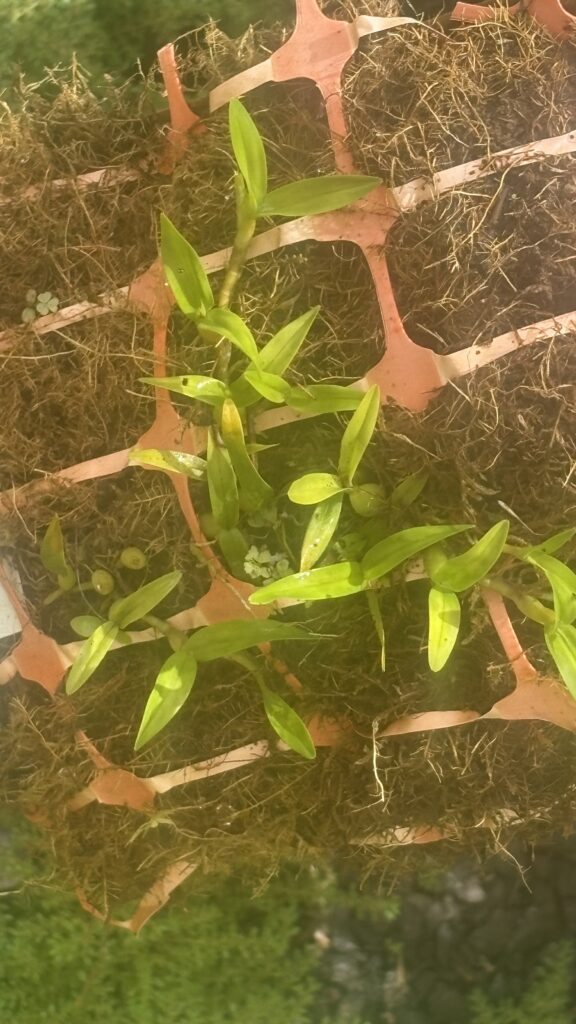
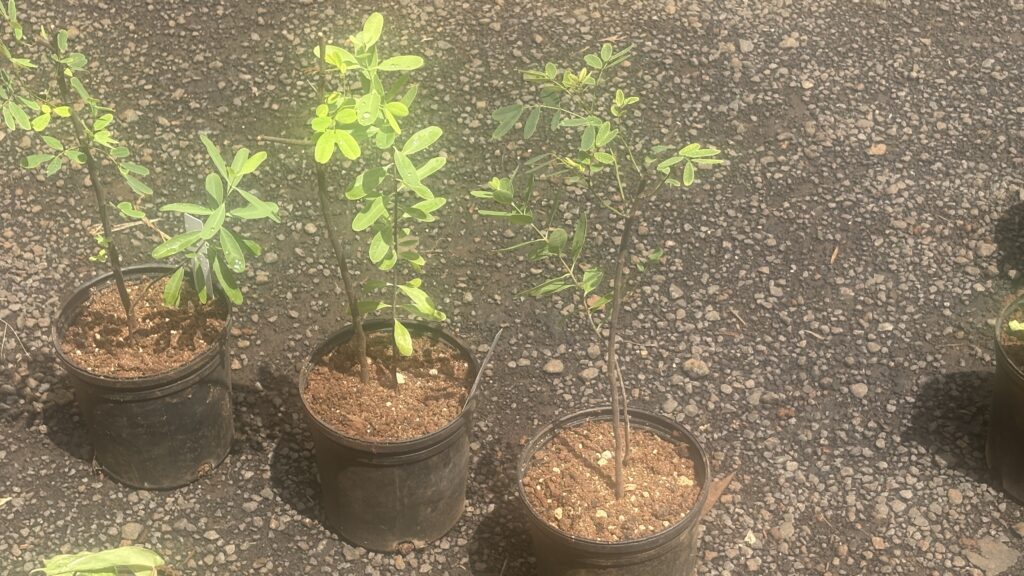
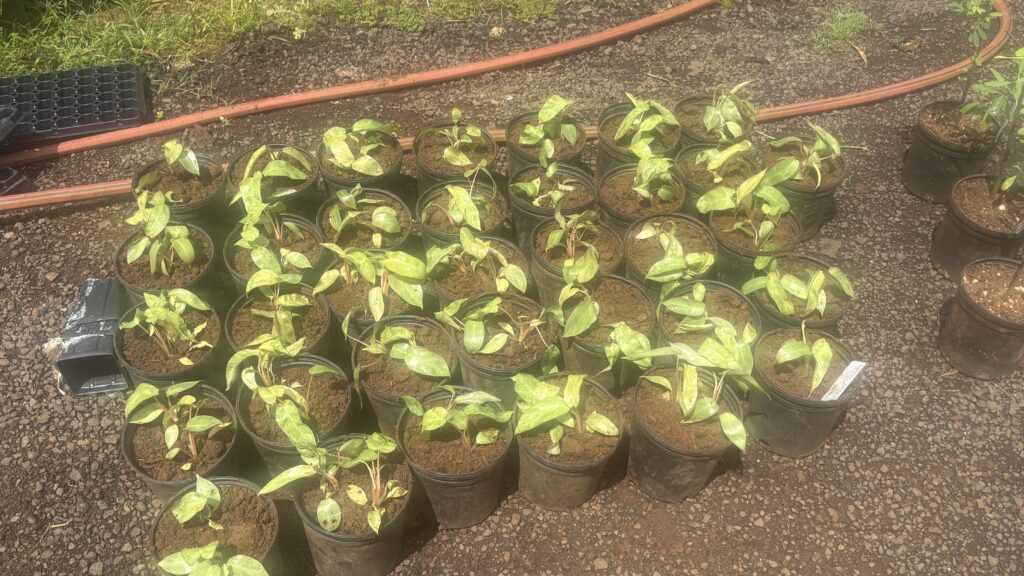
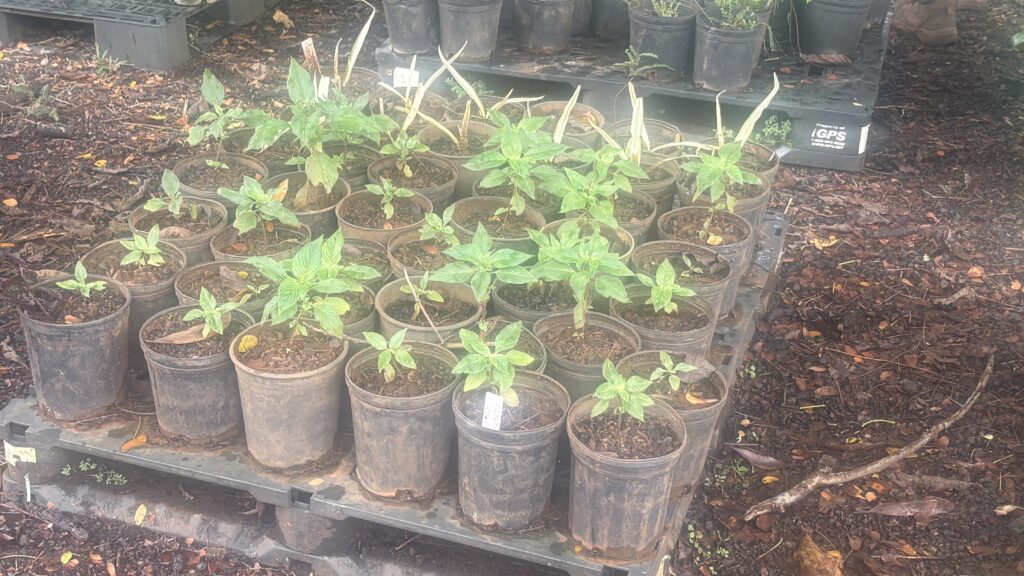
Thank you for this report. Loved reading it.
“In many ways, Kaua‘i is the ultimate example of what a world would look like if plants were in charge. The whole island is covered in the surreal products of total floral freedom.” Schlanger, Zoë. “The Light Eaters”
A recurring experience when taking guests out to Iraivan for the first time, is that it is the plants that speak first to the guest . . . embracing them, communicating and preparing them for their approach to Mahalingeshvara. The book title says it all “The Light Eaters”. One very mature and beautiful Swami from India noted – “I thought places like this only existed in storybooks” By the time they reach the sanctum sanctorum and gaze at the diamond of Kauai Aadheenam they are already lifted high . . . high into Siva’s Energy flowing through all form. From Kadavul Nataraja to Siva’s Garden then to gaze and merge with Mahalingeshvara – the Three Perfections of Siva can be experienced in some measure by every single pilgrim who comes. Jai Gurudeva!